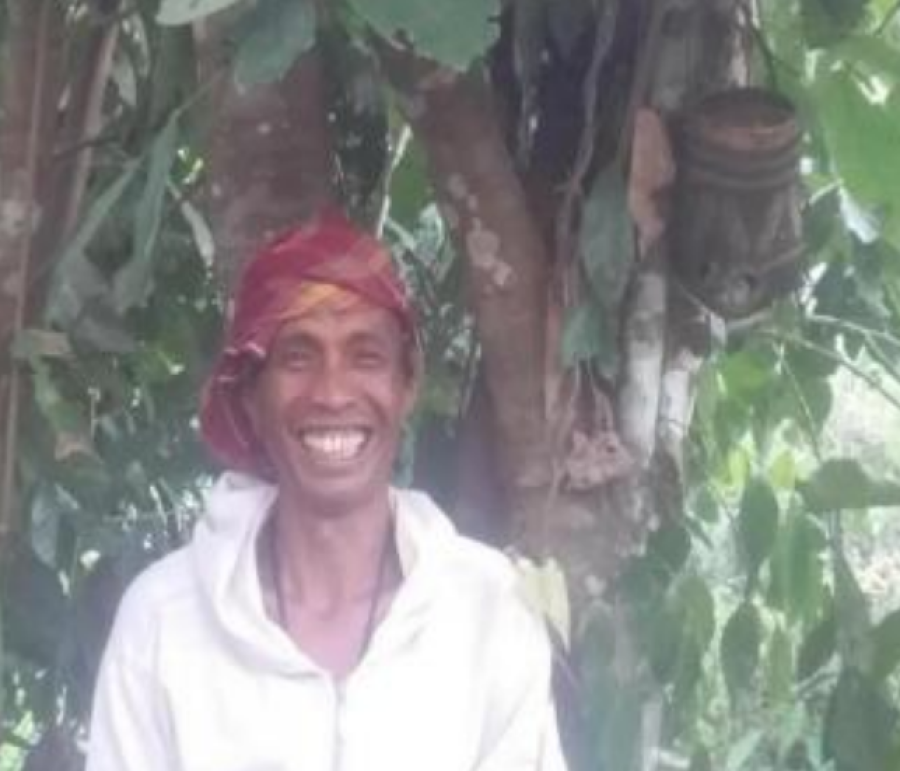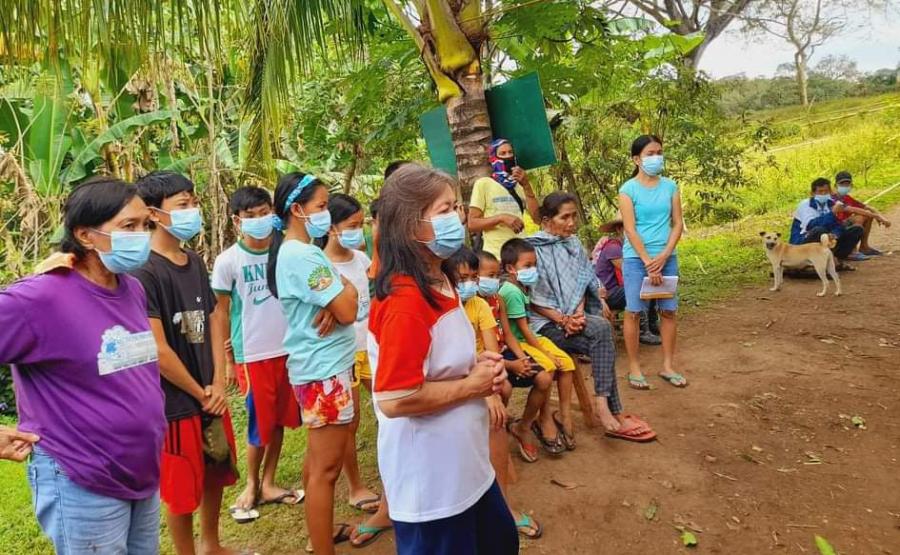The current relationship in the Philippines between indigenous peoples and the state can be characterized as a legal and institutional stalemate. In Philippine law, indigenous peoples' ancestral domains are recognized under native title as never having been public land. At the same time, Philippine land law is founded on the Regalian Doctrine and its premise that all natural resources in the Philippines belong to the state and that private ownership of title must therefore emanate from the state. All land not covered by official documentary certificates of title is thus presumed to be owned by the Republic of the Philippines.
Under these laws, ancestral lands -- particularly those considered national forests, covering the bulk of the area under the ancestral domain -- become subject to the jurisdiction of the Department of Environment and Natural Resources (DENR). Public lands are available for mining and forest concessions, agricultural plantations, industrial zones, and other uses, according to government development priorities. This situation provides a legal framework for theft of land from indigenous and local communities.
The country is rich in gold, copper, chromite, silver, nickel, cobalt, and other minerals. Coal and limestone are also abundant. According to advertisements placed in The Financial Times in 1989: "The Philippines is more densely mineralised than Australia, the tonnages are larger and the terrain is largely unexplored. The country is estimated to be second only to South Africa in its average gold reserves per square kilometre."
At the turn of the 20th century, the forest still covered most of the Philippines, but the last 50 years have brought a drastic decline in forest cover. In the mid-1960s, about 45 percent of the country's total land area was still forested. By the mid-1980s, this percentage dwindled to 24. By the mid 1990s, barely 20 percent (6 million hectares) was forested, of which less than three percent (800,000 hectares) was primary tropical forest. Much of what remains is high-altitude mossy forest or designated loggable secondary forest scheduled for further degradation by Integrated Forest Management Agreements that replace old Timber License Agreements. Deforestation and forest concessions by plantations are big problems faced by upland indigenous communities.
In 1995, the Philippine Mining Code was passed and was described by The Mining Journal as "among the most favorable to mining companies anywhere." It paved the way for a stampede of applications to explore and mine in the Philippines. One hundred and fifty-three Finance and Technical Assistance Agreements (FTAAs) were lodged, with 85 remaining by the end of 1997. More than 1000 Mineral Production Sharing Agreements were lodged; 104 of these are still in operation. These claims assign corporations the right to explore 40 percent of the country's land area, and a significant portion of the claims are in the mountainous area containing the country's forests and ancestral lands.
In 1997, the Philippine government passed the Indigenous Peoples Rights Act (IPRA) "to recognize, protect, and promote the rights of indigenous cultural communities/indigenous peoples." The IPRA created the National Commission on Indigenous Peoples, which is mandated "to formulate and implement policies, plans, and programs for the development of indigenous cultural communities and indigenous peoples and to review the applications for ancestral land titling, the issuance of certificates of these titles, and the adjudication of disagreements regarding land ownership." Following the passage of the IPRA, all mining applications for indigenous lands were suspended for six months while new structures and procedures to manage indigenous rights were put in place.
In 1998, a legal challenge to the IPRA's constitutionality was brought by Isagani Cruz, a former Supreme Court justice, in close association with the mining industry, on the grounds that the state, not indigenous peoples, should have sole ownership and control of mineral wealth. The government put a freeze on all ancestral land claims until the matter could be resolved by the Philippine Supreme Court.
On November 28, 2000, the Supreme Court upheld by a vote of seven justices the constitutionality of the IPRA. The decision affirms Republic Act 8371, allowing the national legal system to correct long-standing prejudices against indigenous forms of ownership. It permits, within the context of the provisions of the IPRA, some recognition of indigenous ownership and control. It also acknowledges the necessity of removing control of natural resources from the elite-dominated DENR and into the hands of people who have nurtured and depended on these ecosystems for centuries. The decision should also pave the way for the transfer of ownership to communities of about two million hectares. The transfer, however, will not be automatic. Recognition of indigenous peoples' rights, even if legal and constitutional, will still have to overcome several obstacles.
The vote of the Supreme Court was very close. Seven justices voted to deny the Cruz petition. The other seven voted to grant it. One judicial vacancy remains to be filled. The petitioners may, within 15 days of receipt of the resolution, still file for a motion for reconsideration. The slim vote, the vacancy that will determine the new majority, and the large commercial (mostly mining) interests behind the petition are pressures that will bear heavily on the end result.
Even after three years, not a single ancestral land or domain title has been issued. In the meantime, more than 100 certifications allowing corporations and enterprises to enter ancestral lands and domains have been issued by the Native Commission on Indigenous Peoples (the legal body to implement the IPRA). DENR continues to approve mining and timber contractors who are not indigenous.
De Facto Ownership and Development Aggression
Amidst this legal and institutional confusion, indigenous communities continue to occupy and defend their ancestral domain against government and corporate incursions. Despite the historical loss of vast areas of ancestral lands, indigenous communities still occupy significant areas in the Cordillera region in northern Luzon, in the Caraballo and Sierra Madre mountain ranges, and in central Luzon, Mindoro, Negros, Palawan, and Mindanao.
In these areas -- most of which overlap the Philippine National Parks and conservation zones -- communities continue to practice indigenous land and resources management. Unfortunately, these areas are most at risk of development aggression.
Indigenous rights and resistance have become the biggest stumbling block to the Philippine mining rush. In line with international and Philippine standard-setting on indigenous rights, the Philippine Mining Code requires companies to consult with -- and gain the consent of -- indigenous communities about mining plans within their territories or ancestral domain. More than four years later, only three FTAAs have been openly granted. B'laan tribal leaders, the Legal Rights Centre (FOE-Philippines), and civil society members have also brought a legal challenge to the FTAA arrangement's constitutionality. Campaigns against corporate mining have successfully led to the withdrawal of Rio Tinto and Western Mining Corporation from their Mindanao mining applications and operations.
We find no cause to be jubilant, however. Rather, there is every reason to be vigilant. Former President Estrada squandered whatever support he had from impoverished indigenous peoples. We must work toward a government that will go beyond rhetoric to make true the promise of genuine recognition of indigenous peoples' rights to their lands and futures.
Article copyright Cultural Survival, Inc.


